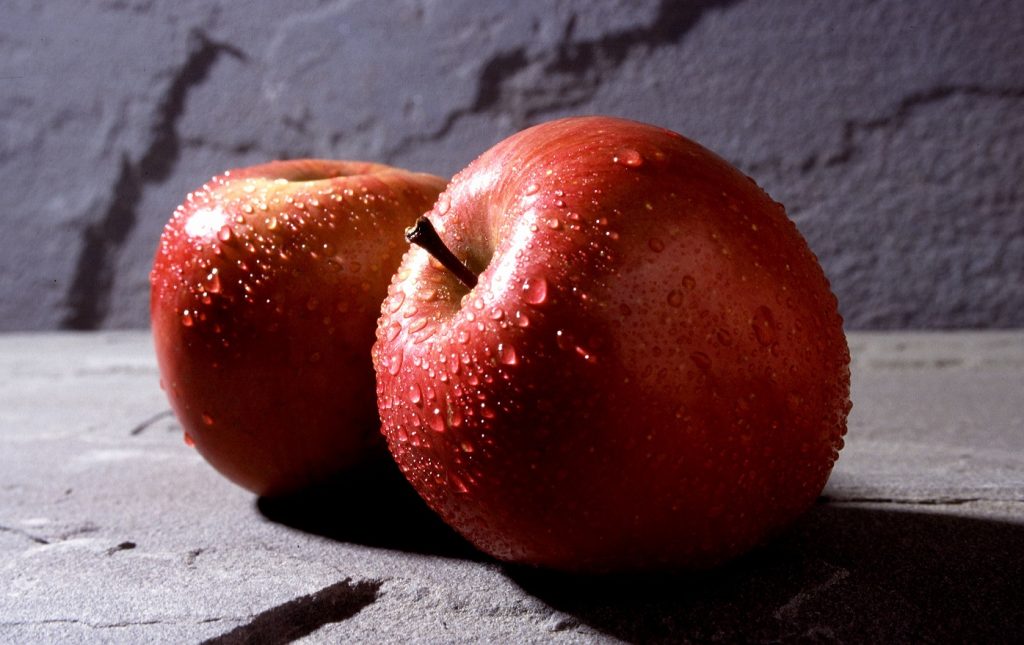Among the fake news making the rounds is that organic food is no safer than conventional food because organic farmers use pesticides too.
Ken Roseboro debunks many of the “alternate” facts circulating about pesticide use on organic farms in a well-researched story in The Organic and Non-GMO Report.
Of course organic farmers have to manage pests, and yes, there are a couple dozen natural and synthetic pesticides approved for use on certified organic farms. In any given season, a few might be applied. But the difference between pesticide use on organic vs. conventional farms, and the risks arising from such use, is like night and day.
Most of the pesticides used on organic farms are naturally-derived, like neem oil, Bacillus thuriengensis insecticides, and diatomaceous earth. The very few synthetic compounds approved by the National Organic program are much less toxic than those allowed on conventional crops and rarely show up as residues in food.
Plus, there are far, far fewer pesticides approved for use by organic farmers, and they are used much less regularly and intensively. The National List of Allowed and Prohibited Substances for certified organic farms includes only a few synthetic pesticide active ingredients that are allowed in organic crop production, compared to some 900 approved synthetics active ingredients used on conventionally grown crops.
A typical conventional strawberry or apple crop will be sprayed with 2-3 herbicides; 3-5 insecticides, including multiple applications of some; 2-4 fungicides; and, a few other pesticides.

This is why in 2015 testing by the USDA’s Pesticide Data Program (PDP), the world’s best pesticide residue testing program, 648 samples of domestically grown apples contained an average 4.7 pesticide residues. That same year, 24 samples of organic apples contained only 15 residues, or 0.6 per sample. Of the 15 residues, 14 were diphenylamine, a post-harvest fungicide picked up on organic apples in packing sheds, and one was spinosad, an NOP-approved bioinsecticide.
Hats off to organic apple producers – they delivered in spades in 2015 on the pesticide risk reduction promise embedded in the USDA organic seal.
In another notable example, conventional strawberries in 2015 PDP testing contained a remarkable 7.9 pesticide residues per sample. Only 21 residues were found in 30 organic strawberry samples, or 0.7 per sample. Of these, 8 were spinosad. The other 13 were conventional pesticides present at levels only a fraction of their average level in conventional berries.
Another key difference is that the NOP rule requires organic farms to use the least-toxic pesticide available, and only as a last resort. On organic farms, complex, multi-tactic and prevention-based pest management systems keep pest populations below damage thresholds (most of the time), while on many conventional farms, pesticides are the first, second, and third line of defense.
This piece takes a closer look at a range of common myths and misconceptions about organically approved pesticides, such as clearing up that Rotenone is no longer registered by the EPA and is not used on any farms, and that copper fungicide formulations approved for use on organic farms are less toxic than the products applied on conventional crops.
Interestingly, Roseboro points out that the use of Bacillus thuringiensis (Bt) compounds as foliar insecticides on organic farms is often flagged as hypocritical by proponents of conventional ag and GMOs, since GMO corn expresses Bt endotoxins within plant tissues.
But the story clears this up by clarifying that these two uses of Bt insecticides are fundamentally different, and raise far different concerns over food safety and environmental impacts.
Bt toxins in GM sweetcorn are expressed inside the kernel, and indeed in every kernel, every year, and whether there is pest pressure or not. Because the toxins are inside the kernel, they do not break down and are consumed by people when the corn is cooked and eaten.
Organic sweetcorn producers do rely heavily on foliar Bt sprays for worm control, and typically make around a half-dozen applications in a production cycle. Conventional sweetcorn farmers use Bt foliar sprays in about the same way.
Whether organic or conventional, farmers have to apply the Bt sprays every week or two because the toxins do not last very long on plant tissues. Rain and sun breaks them down. They do not move into the cob, or come in contact with the kernels. This is a disadvantage for the farmer, but is good for consumers, who do not have to worry about being exposed to Bt when it is sprayed on conventional or organic sweetcorn.
Perhaps most importantly, the required or recommended practices on organic farms mean that pesticides are used only as a last resort, and aren’t the most worn-out tool in the toolbox, like on so many conventional farms across America.
Source: Ken Roseboro, “Debunking ‘alternate facts’ about pesticides used in organic farming,” The Organic & Non-GMO Report, February 22, 2017.

